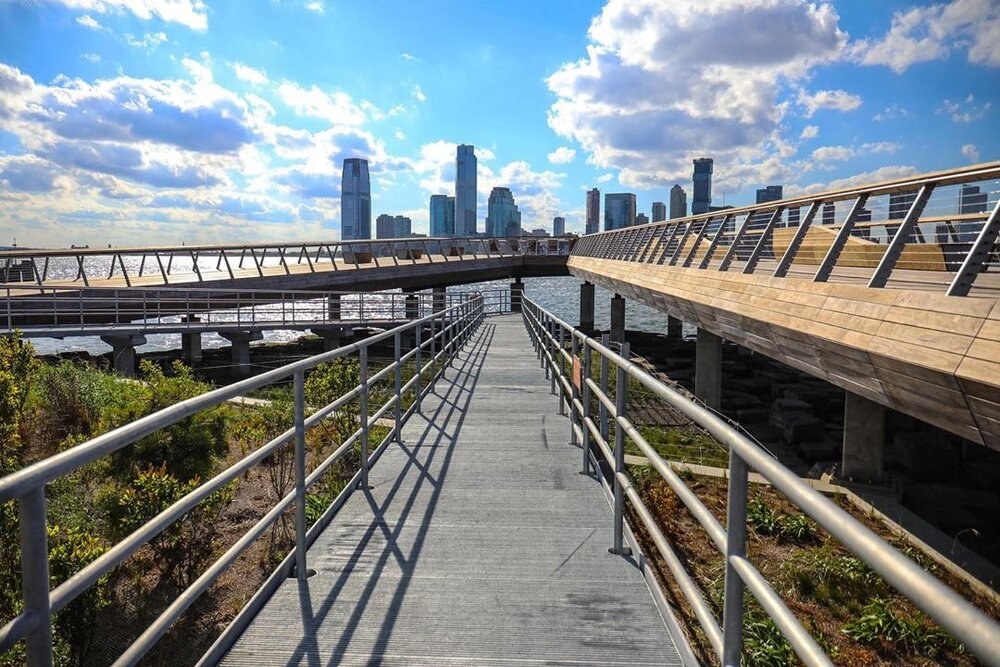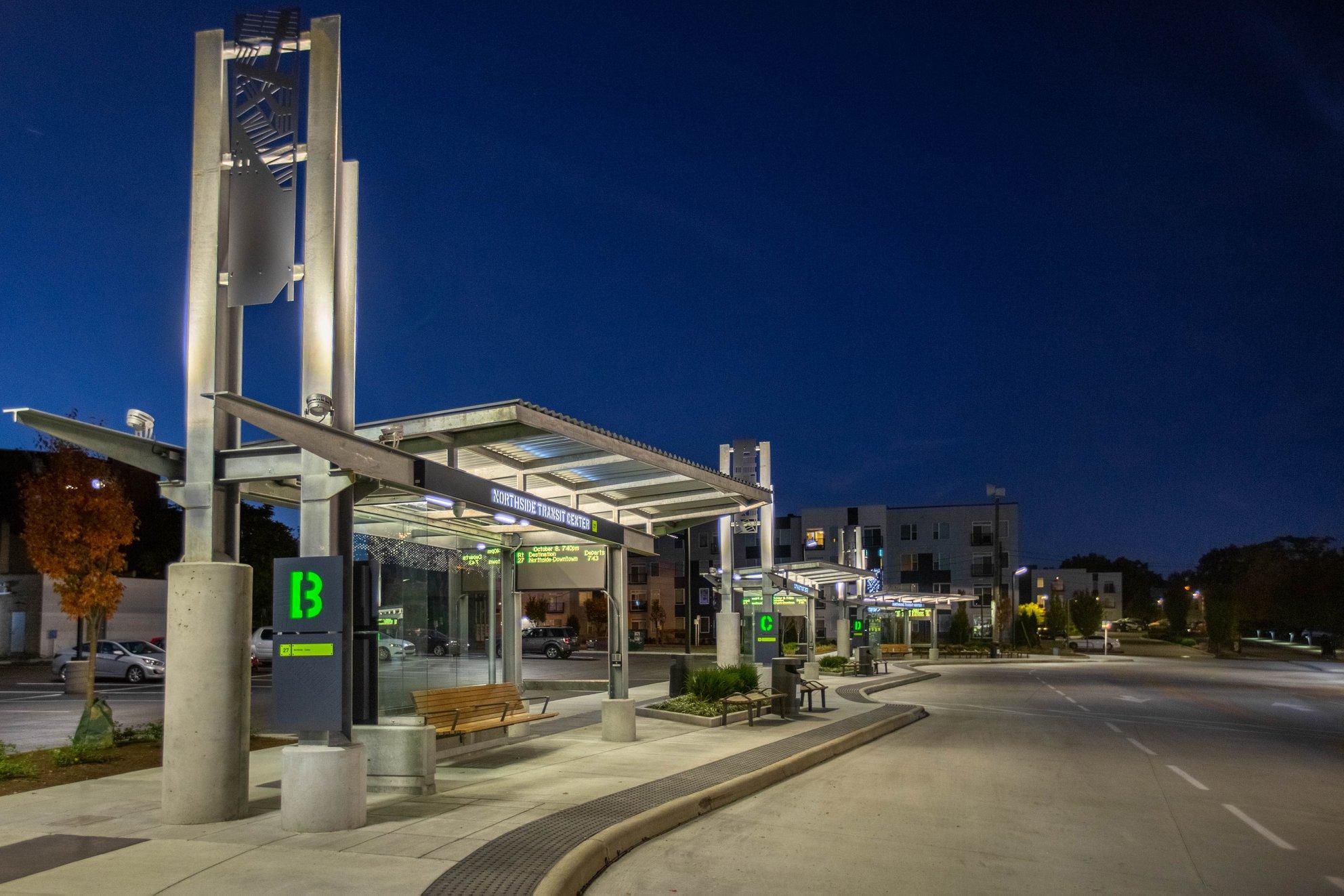An 80-foot section of the temporary Fore River Bridge, which carried people over the river between North Weymouth and Quincy Point, Massachusetts from 2002 until 2017, was reused this year in Perches, Haiti, where it now spans the Riviere Cochon Gras. Before construction of the bridge, Perches had to overcome a river crossing that regularly flooded, restricting residents from medical care and local services. There had even been a few cases of drownings over the years as people attempted to cross the river to get into town.
With this re-purposed structure now in place, the bridge will provide residents of the region greater access to other parts of their country and help to improve the daily lives of everyone in the community. In its previous life, this bridge made up part of the massive temporary bridge manufactured by Acrow Corporation. The Fore River Bridge on Route 3A connected the City of Boston with the vacation/recreational area of Cape Cod, Massachusetts.
When the original Fore River Bridge was designed and built by Acrow, the company knew they had to build a temporary bridge that would be maintenance free for at least fifteen years. The company and the bridge owners got much more than they asked for. The bridge handled about 23,000 vehicles per day per or 46,000 total vehicles per day total with a high percentage of heavy trucks at around 20% or 9,000 per day. Fifteen years of high traffic demand, harsh New England winters, salt and deicing chemicals were no match for the hot-dip galvanized coating on the structure.
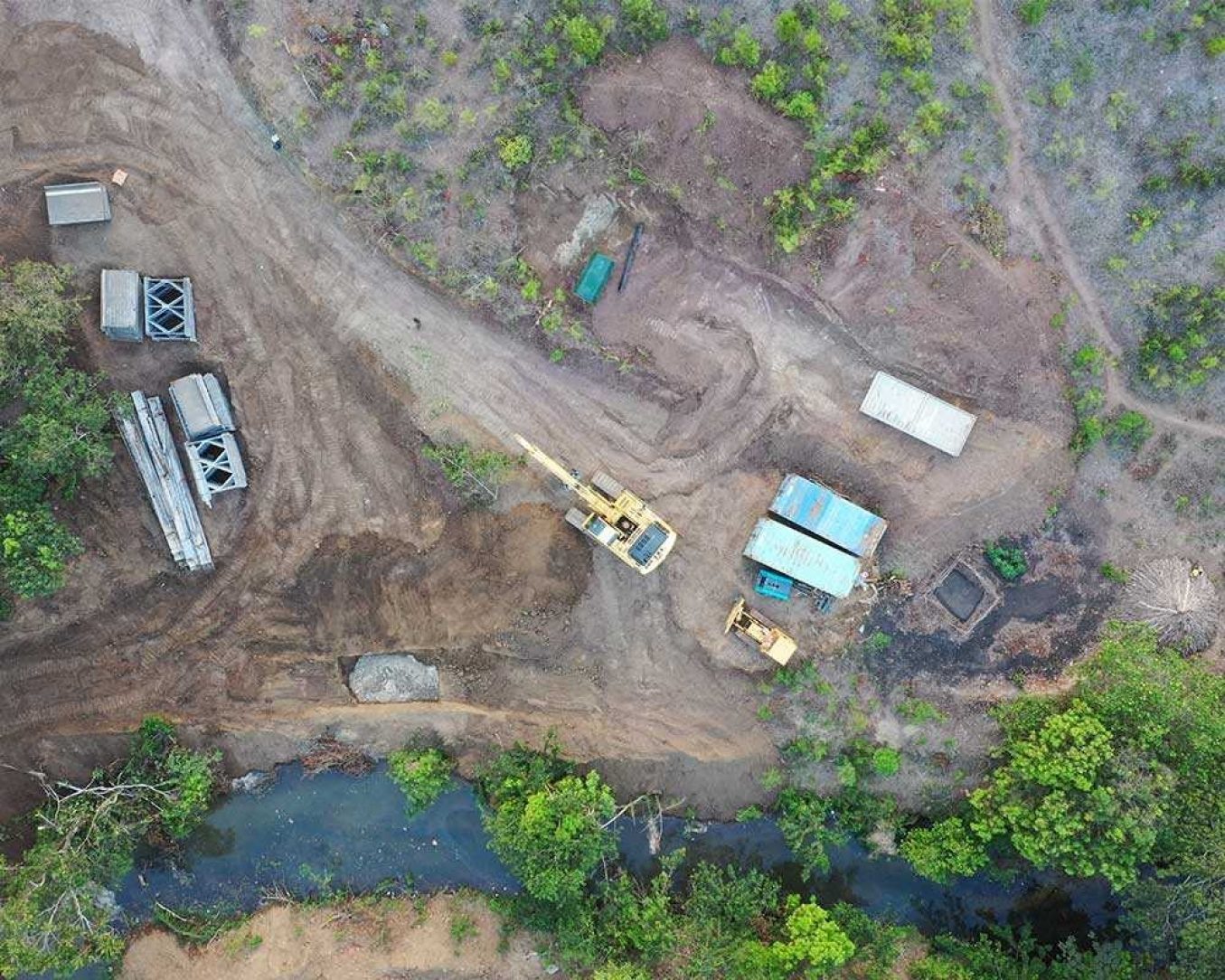

When the new bridge owner, the Cashman Family Foundation, took over the structure they knew there was much more life left in it. It was their idea to reuse sections of the bridge in order to help third world nations connect their people with local infrastructure, without the risk of having to cross flooded waters. Residents of Perches, Haiti relied on an unpaved road to access facilities to the north, including a local hospital and an industrial park. The road is impeded by the Rivière Cochon Gras and during the three or four rainy months, the crossing is frequently impassable. It is said that this bridge would be a lifesaver – literally – for residents of Perches.
With help from Tighe & Bond and volunteers from Engineers Without Borders, the foundation worked with local officials to make the project happen. The section of the former Fore River Bridge required no repair, showed no signs of corrosion and required no additional coating costs for future protection.
No other coating would have the ability to stand the test of time in service as the Fore River Bridge in Massachusetts, then to be disassembled, shipped half way around the world and then be reused in Haiti with no signs corrosion or repair required. Hot-dip galvanizing is the only coating with this ability. The life cycle cost benefit on this project is too substantial to even be put into numbers.
Plain and simple, the answer is yes! The purpose of this project was to connect a community in Haiti using a section of the previous Fore River Bridge. Not only did this structure successfully serve it purpose in Massachusetts, it now serves a new purpose in Haiti, connecting a community with infrastructure and potentially with life saving medical services. This would not be possible without the use of hot-dip galvanized coatings.


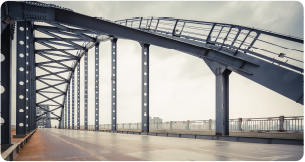


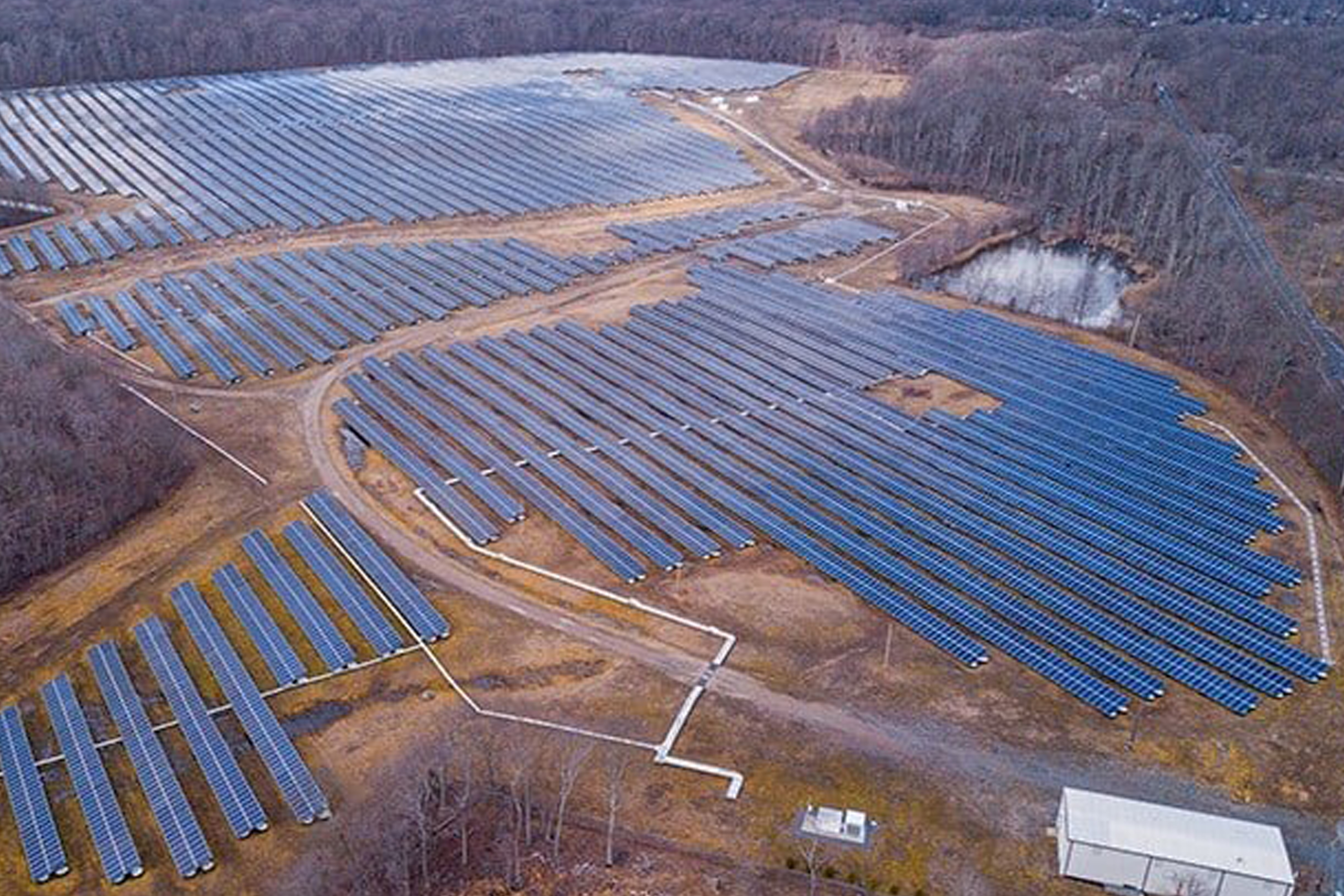
 SEE MORE
SEE MORE
